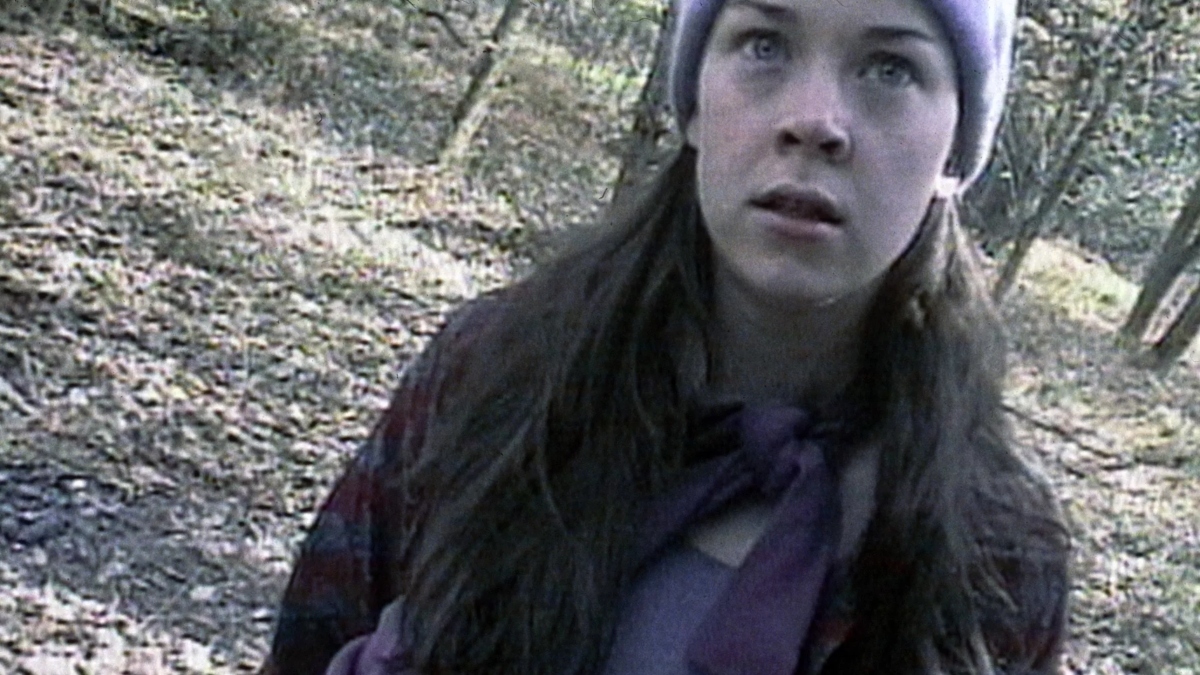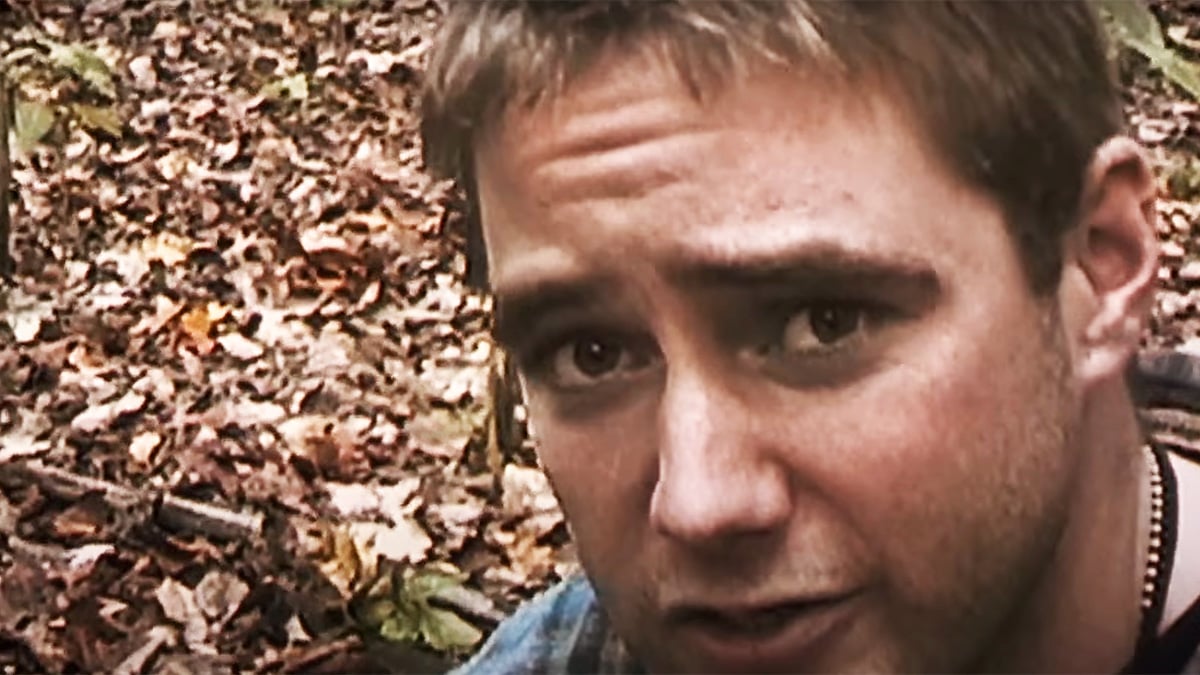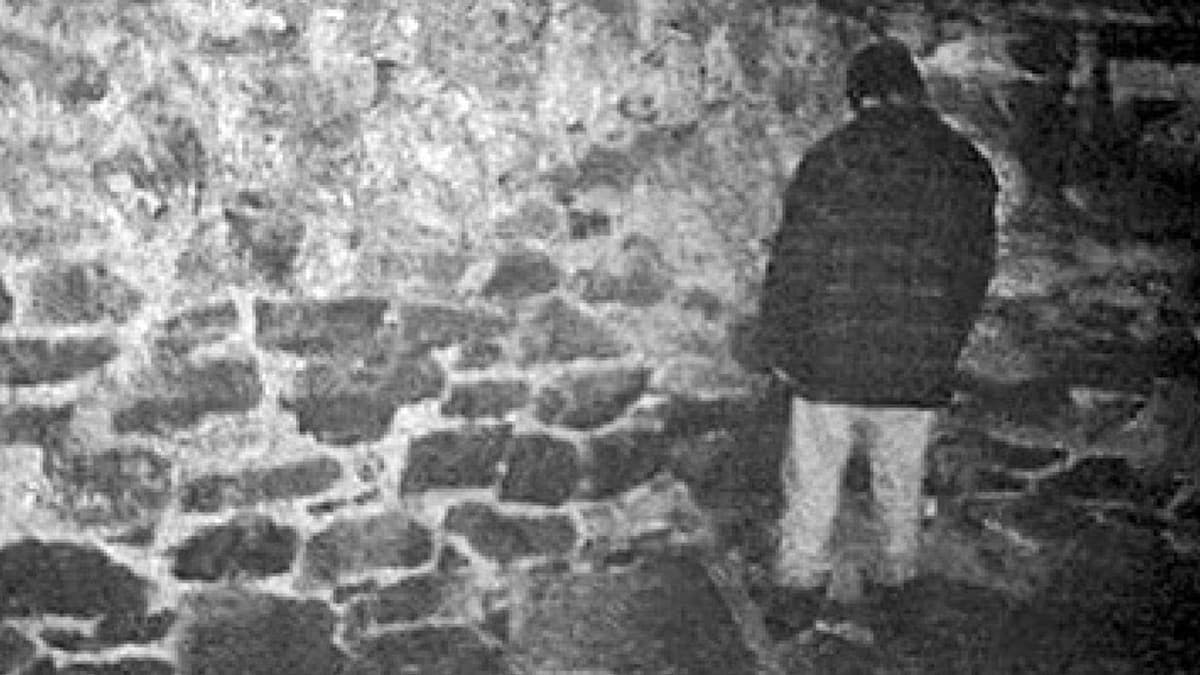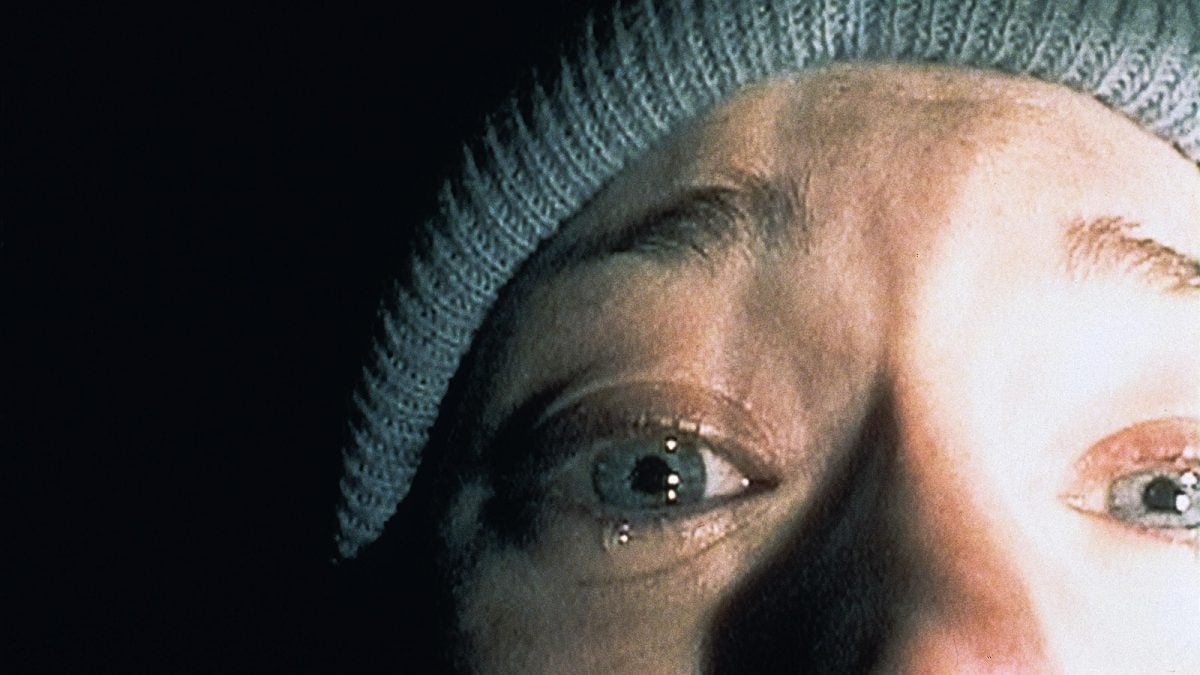25 years on from its initial release and The Blair Witch Project is still absolutely spine-chilling. The 1999 horror classic has endured because of its pioneering found footage approach, which was groundbreaking for the genre
But now, after Lionsgate and Blumhouse recently announced their plans to bring the Blair Witch franchise back to life, not everyone is excited for another trip through the woods – specifically, the actors from the original movie.
Original Blair Witch stars Joshua Leonard, Heather Donahue, and Michael Williams took to Facebook on Saturday, releasing a public letter saying they want “retroactive and future residual payments” for their work in the 1999 film. They mentioned that this sum would be equivalent to what would’ve been given through SAG-AFTRA, and that they also wanted to be able to provide creative consultation and input to any future Blair Witch iteration, along with a Blair Witch grant to help out “unknown/aspiring genre filmmakers”.
This isn’t the first time the original cast has taken action, as in the early 2000s they sued Artisan Entertainment for using their likenesses without their permission in the movie’s sequel, Book of Shadows: Blair Witch 2.
The actors’ original contracts and lawsuit with Artisan Entertainment

While Artisan Entertainment bought the worldwide rights to Blair Witch, the trio originally signed their contracts with Haxan Films, the company started by the film’s writers and directors. But, instead of in-depth contracts, they seemed to be deal memos, or “short-hand agreements” that often precede or replace longer contracts. Problems surrounding this arose when the actors sued Artisan for using a short clip of them in the 2000 Blair Witch sequel without their permission and to block the movie’s release.
Artisan refused, stating that the original contracts they “inherited from Haxan granted them the rights” to use their likeness and names any way they wanted. Other issues that were brought up include the fact that the memos were copied from a book without the help of an attorney and that they were approached “casually.” Ultimately, their case was unsuccessful and Artisan moved forward with the release.
Lionsgate’s acquisition of Artisan Entertainment & SAG-AFTRA strike discussions

Lionsgate bought Artisan Entertainment in 2003 after the company struggled financially, losing a key executive and failing to establish an internet strategy. The world-renowned entertainment company didn’t do anything with the IP until 2016, releasing the sequel, Blair Witch, along with running a themed escape room in Las Vegas. Not too much has been discussed about the actors’ original contract until now.
And, the SAG-AFRTA strike may play a crucial role here as the franchise revival is put into action because of the new agreements around providing “success payments” and usual residual payments if a project that has hit streaming platforms hits different metrics. There are also limits on AI use, and consent must be obtained by actors “to create and use their digital replicas, as well as specify how they intend to use that digital likeness.” So, even though these might not apply to things that have happened in the past (such as what the actors are claiming, they may be able to have discussions about residuals and digital likeness usage (whether AI or not) moving forward.
Do the SAG-AFTRA strikes contradict the actors’ demands?

The new agreements that came from the SAG-AFTRA strikes will have to be examined further to see how much they align and contradict the actors’ demands. But, with the new rules around AI, Lionsgate and Blumhouse will need to let them know about the intention of using their digital likeness for anything Blair Witch moving forward. So, Donahue, Williams, and Leonard might have more control over this aspect. With residuals, the original Blair Witch will have to follow stringent rules to meet metrics, which states:
“The total number of domestic streaming hours over the first 90 exhibition days is divided by the total runtime of the movie or a television series’ episodes to determine “domestic views.” The “success metric” is calculated by dividing the “domestic views” by the total number of domestic subscribers. If the result is at least 0.2, a bonus is paid. Seventy-five percent of any bonus money will go to the performer, with the remainder going into a new streaming payment distribution fund to compensate performers who work on streaming shows.”
The original movie is currently streaming on a few different platforms, but it’s difficult to pinpoint where it would stand with residuals. So, while the strike agreements don’t totally contradict what the actors want, much more will have to be talked about legally to see what’s available to them.
Overall, this stands as a very complex topic. While it’s unlikely that a new iteration of The Blair Witch Project will be released any time soon, it can be assumed that time will be spent researching and studying this issue to see if there is a way to keep everyone happy. Because this is a chance to give new life to such a well-loved movie, it’s important for all parties to get everything right here.

